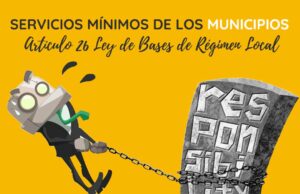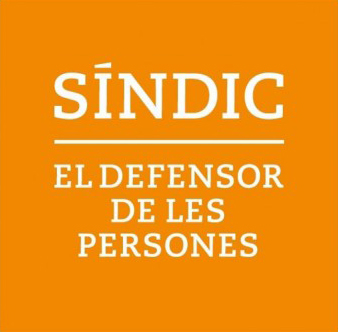The municipal budget of Pratdip 2025 reveals a worrying reality: nearly half of the town’s resources go to salaries and social charges. Meanwhile, investments and essential services, particularly in Planas del Rey, are sacrificed.
Payroll: 40% of the budget – €800/resident
In 2024, the town hall spent €628,000 on salaries, representing 34% of the budget. In 2025, despite an overall drop in revenue (-16%), this expenditure remains stable at €620,000. The result: its with inflation explodes to reach 40% of the budget.
This amounts to more than €800 per resident per year solely to finance the administrative burden.
2024 Expenses
2025 Expenses
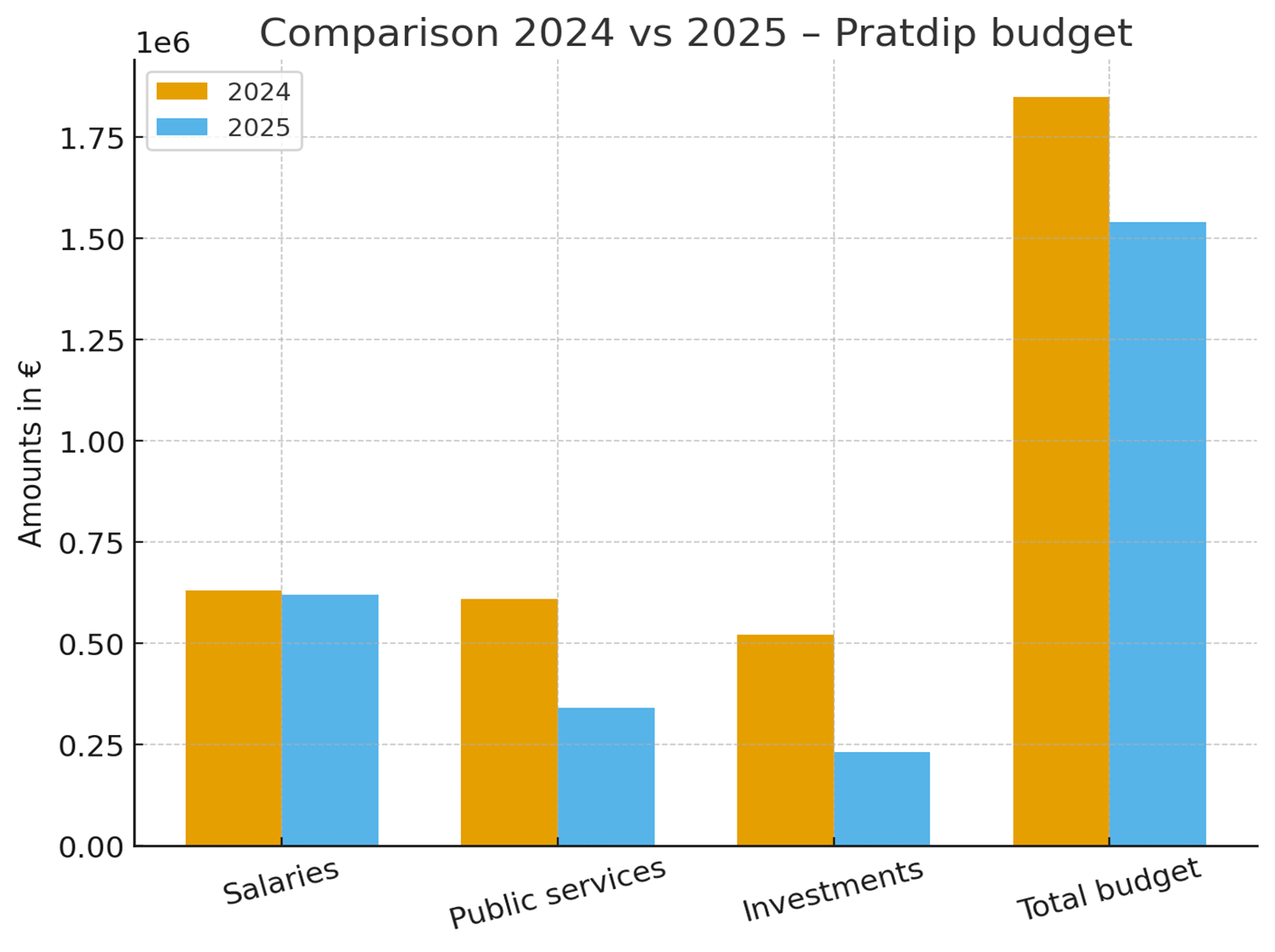
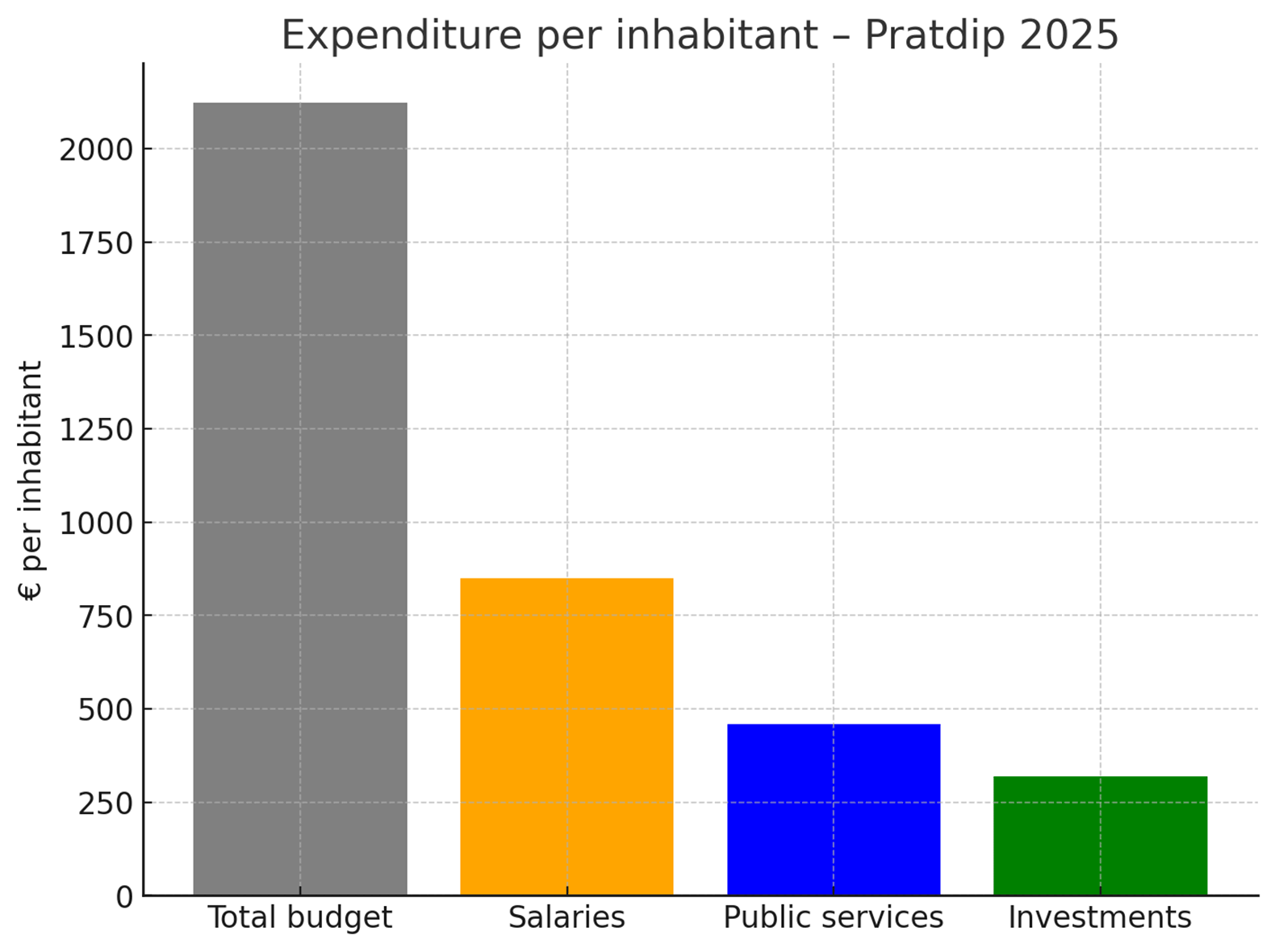
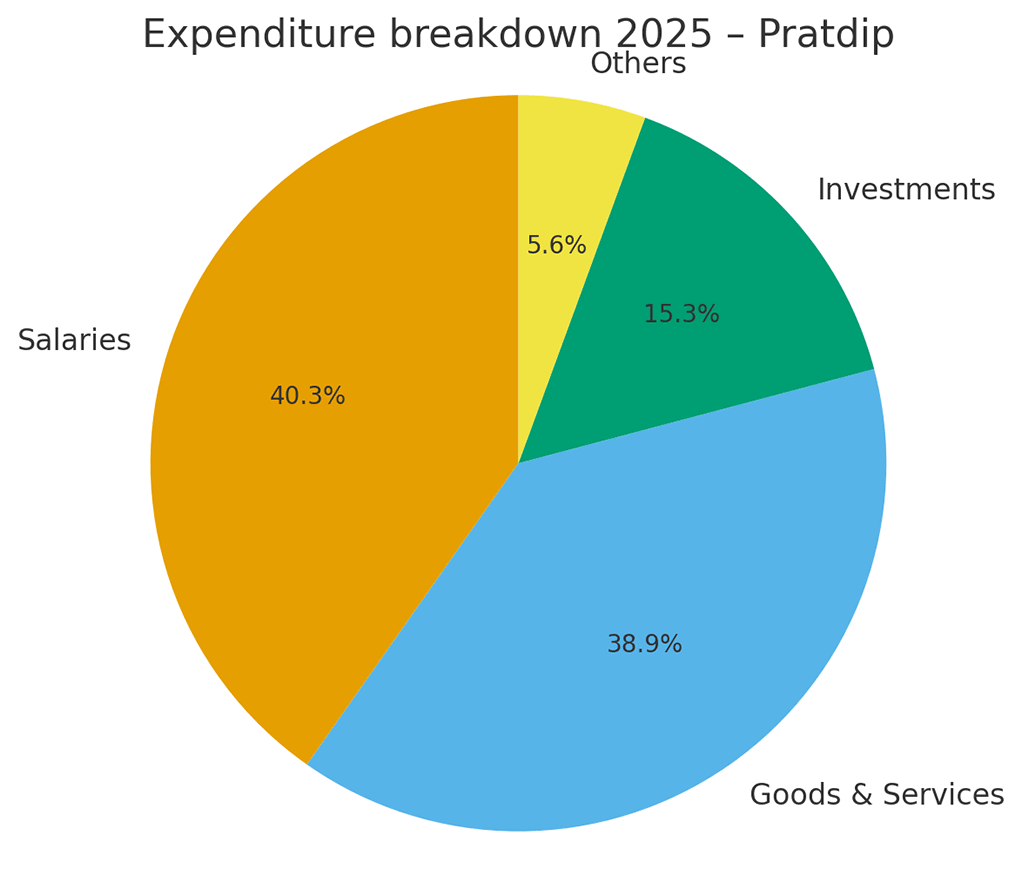
Spending far above the average
Official data from the Ministry of Finance show that Pratdip’s budget reaches €2,022 per resident in 2025, compared to around €1,200 on average in Catalonia.
The blue curve (Pratdip) is clearly above the regional average (Baix Camp), the provincial average (Tarragona) and the Catalan average → Pratdip spends much more per resident than others.
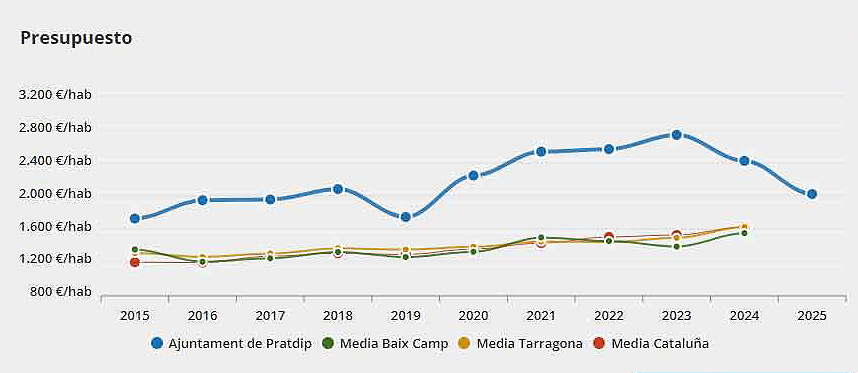
A clear political choice
The situation demonstrates one priority: maintaining the administrative apparatus at all costs, even if it means reducing services to residents. This policy directly penalises Planas del Rey, where infrastructure and maintenance needs are pressing.
Pratdip vs comparable municipalities
empl/res
36 resident
-1,000 resident (Spain)
100–150 resident
-1,000 resident (Catalonia)
120 resident
* Estimate based on the average cost of a municipal employee (€30–33,000/year including charges).
Pratdip’s payroll (€620,000) is 2 to 3 times higher than in comparable villages.
Relative to the population, Pratdip employs about 15 to 20 staff, whereas elsewhere one would expect at most 5 to 7.
The town hall already has its own workers
Not only does Pratdip employ much more staff than the average for towns of similar size, but the municipal workforce also includes a team of municipal workers, headed by a brigade chief.
Their tasks are specific: repairing water leaks, masonry, painting, minor roadworks, network maintenance, or cleaning municipal buildings.
In other words, the town hall already has the human resources needed to ensure minimum services in Planas del Rey.
If nothing is done, it is not due to lack of staff, but to a deliberate political choice: municipal workers are assigned to the centre of Pratdip while Planas is deliberately neglected.
Conclusion
It is legitimate to ask: what is the purpose of a municipal budget if nearly half the resources go to salaries and not to meeting citizens’ concrete needs?
Pratdip must rebalance its priorities: less bureaucratic self-preservation, more investment and services for residents.
Sources
The data presented in this article come from public documents and databases:
- Electronic Headquarters of the Pratdip Town Hall – Economic management, Municipal budgets
- Official Gazette of the Province of Tarragona (BOPT)
- Provincial Council of Tarragona – CIDO, local regulations
- Ministry of Finance and Public Function – Municipal budgets
These figures are public and official. Their analysis and interpretation are part of the citizens’ exercise of information and transparency.





